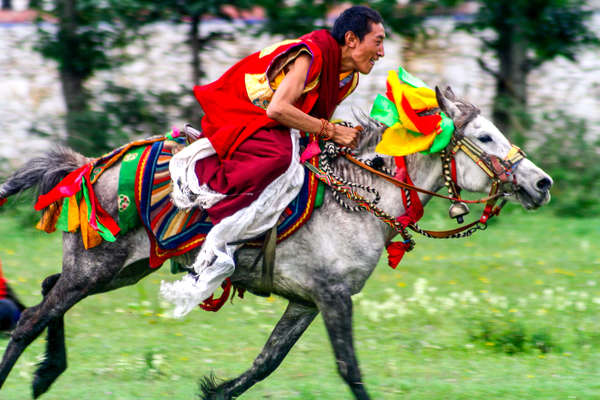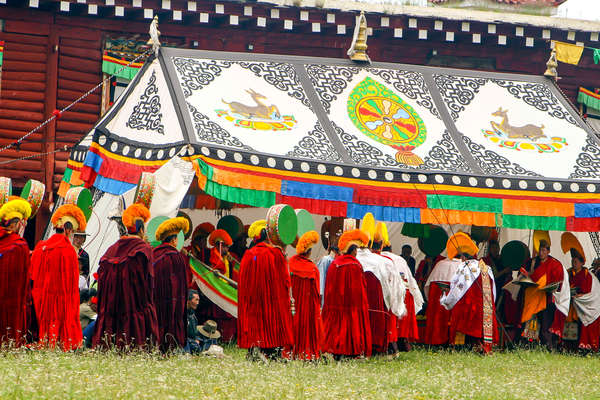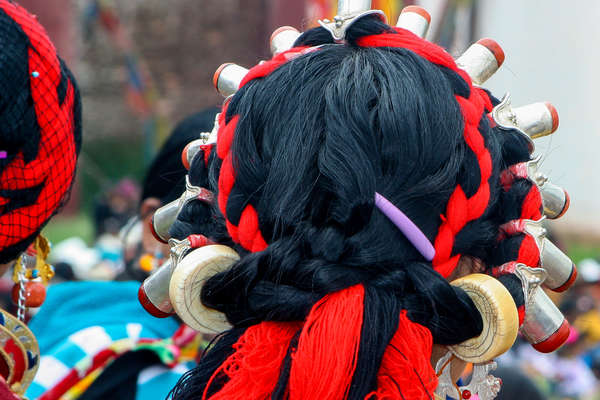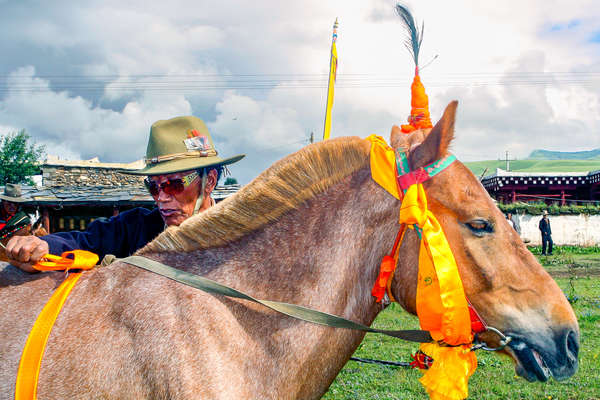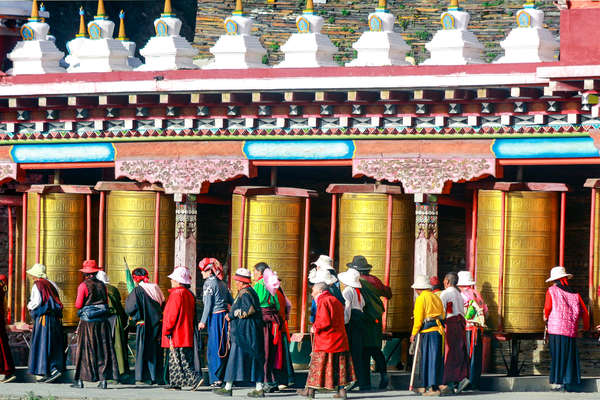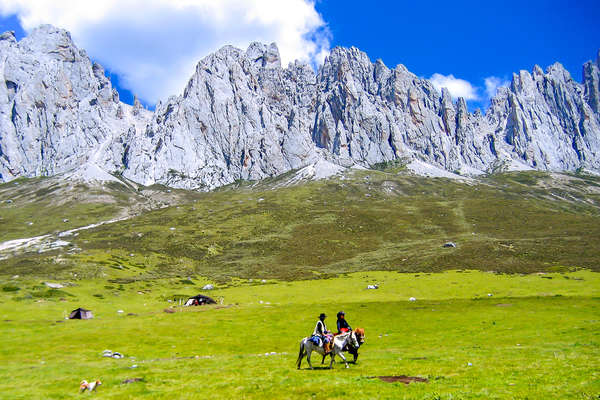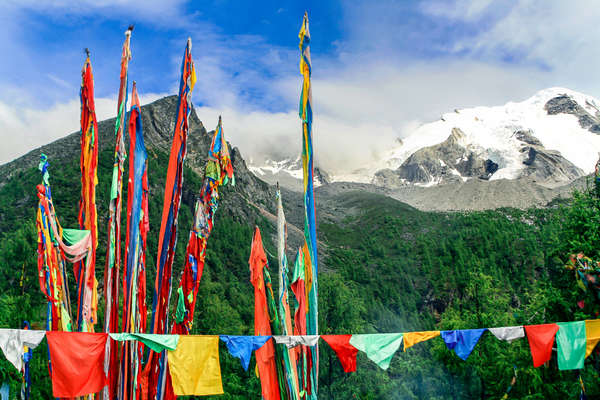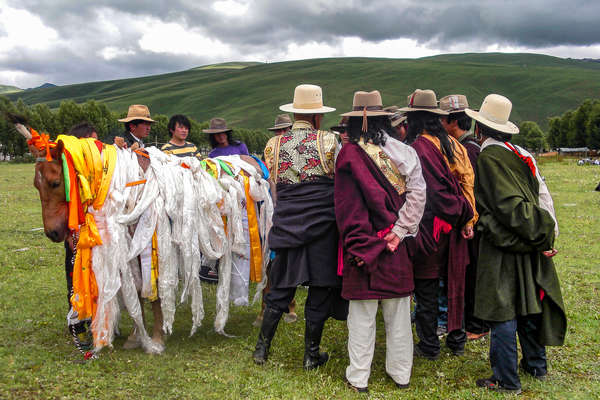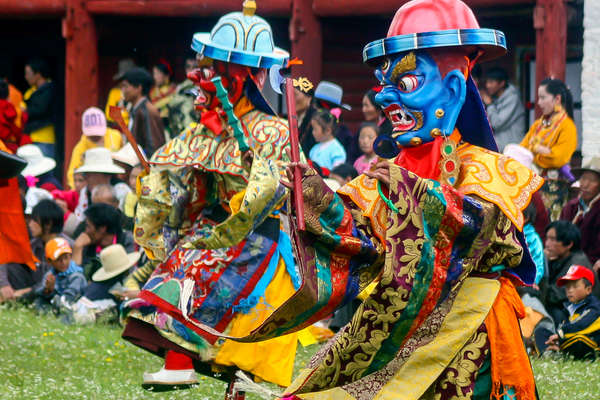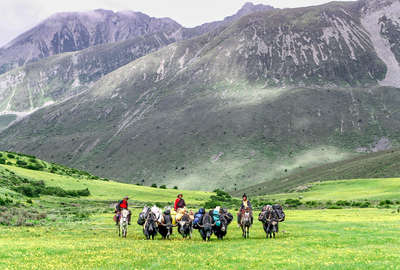
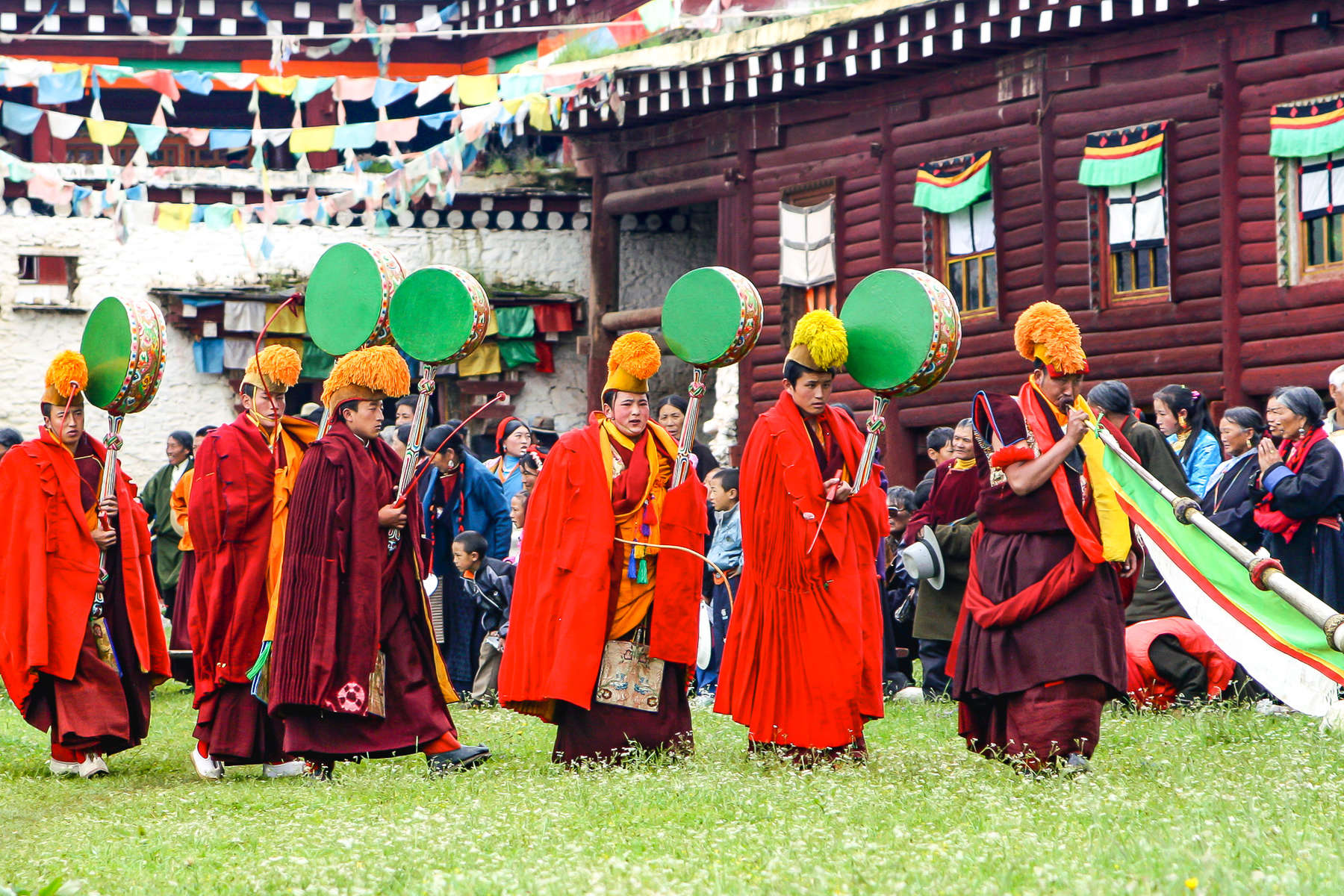
From the horse’s mouth
All trips

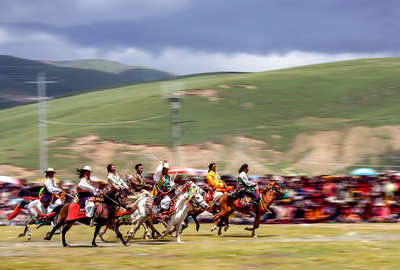
The Kham Riders (Shamalong Festival)
Visa & Health
Formalities
Addresses of consulates
- Paris | Ambassade de Chine11 avenue George V75008 ParisTél. : 01 49 52 19 50Fax :chinaemb_fr@mfa.gov.cn
- Chinese visa application service centre12 Old JewryEC2R 8DU LondonTél. : +44 (0)20 7206 0589Fax : +44 (0)20 7710 6001ukcentre@visaforchina.org
- Ambassade de France en ChineFaguo Zhuhua Dashiguan60, Tianze Lu100600 Pékin (Beijing)Tél. : (+86 10) 85 31 20 00Fax :presse@ambafrance-cn.org
Health
Insurance
Voltage
Budget and money
Telephone and jetlag
Country information
Country ID
History
Geography
People, culture and traditions
Choosing the right riding holiday
Choosing the right riding holiday
The Khampas warriors were members of a Tibetan armed group which fought against China's occupation of Tibet from the 1950's until its downfall in 1974. Also called Buddha's Warriors, the groups main aim was to defend and preserve the Tibetan way of life after communist China invaded the western region in 1950, destroying the monasteries in eastern Tibet in 1956.
Initially forced into an uneasy compromise with Beijing, the Dalai Lama fled to India in 1959 and the local Khampas tribesmen revolted, forming a resistence movement which employed mainly guerilla tactics against the Chinese army. They set up base camps in a remote Himalayan region bordering Tibet, called Mustang, but life was hard and food was sparse and it has been said that many Khampas resorted to boiling their shoes to eat.
Khampas warriors were known to be skilled horsemen and they would gallop out of Mustang into Tibet to harrass the Chinese and then gallop back again. The annual horse festivals are a celebration of Khampas history and an opportunity for them to show their skills on horseback - with riders hanging of the sides of their saddles and scooping silk scarves from the ground at a full gallop, or twirling muskets over their heads and firing at targets on the ground.
Both of our horseback trails in Tibet include a horse festival attended by Khampas warriors: Tagong or Shamalong.

